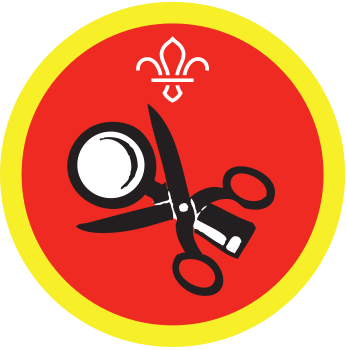Section collection
You’ll need
- Items to form a collection
Before you begin
- The week before the meeting, ask everyone to bring in an unusual object. The object could be anything, but items that fit in your hand are the most convenient size.
The sorting chat
- Get everyone to spread out around the room with their object in their hand or next to them.
- Participants should take a moment to think about their objects. Some things to think of include:
-
- Where did it come from?
- What does it feel like?
- What is it made of?
- Does it have a purpose?
- One member of the group starts the activity by calling out a fact about their object. If the object were a pencil, the fact could be ‘my object is made from wood’.
- The rest of the group should think about their objects. If the fact is also true for theirs, they should move and stand by the person with the pencil.
- Once players have moved, they should take it in turns to also call out facts about their own objects and repeat the process (players move to the person calling out the fact if their object matches that fact).
- Eventually the entire group should be standing together.
- Ideally every object in the room should be connected by at least one fact.
(A paperclip and an hourglass might not have anything in common, but they might share something in common with a pencil that connects them.)
Section collection
- Once the entire group is standing together, review some of the facts they’ve called out.
- Could any of these facts be used as categories for your section collection?
- Decide how you’ll add to your section collection over three months. Options include:
-
- bringing objects weekly, as and when they’re found
- choosing a duty six to present a new object each week
- choosing one member of the group to bring an object in the following week
- Review the items you’ve collected over the three months.
- You can use this game to inspire individuals to start their own personal collections.
Reflection
How easy was it to find things in common between the items? Could you do the same with people in your group? What connects you?
Safety
All activities must be safely managed. You must complete a thorough risk assessment and take appropriate steps to reduce risk. Use the safety checklist to help you plan and risk assess your activity. Always get approval for the activity, and have suitable supervision and an InTouch process.
Make sure the items presented are not dangerous or sharp.
To find common ground quicker, use broader facts. To make it harder, be more descriptive and precise.
Have some spare items to hand, in case some of the group forget theirs. Remind everyone to be respectful and careful when handling and discussing other people's collections.
All Scout activities should be inclusive and accessible.
Encourage young people to 'own' the collection by deciding its theme and adding to it.
